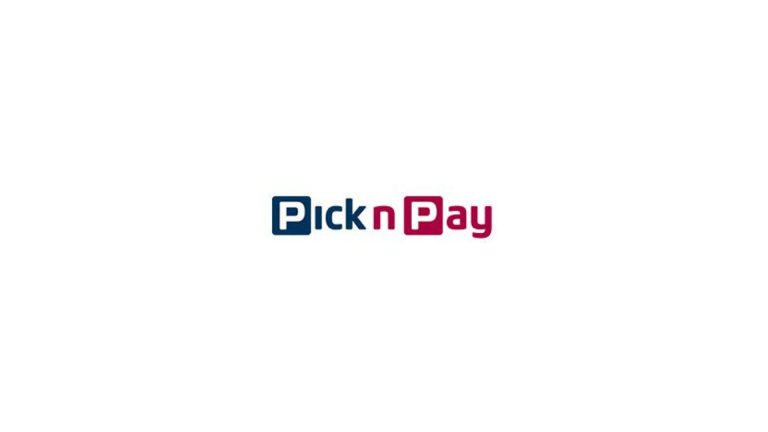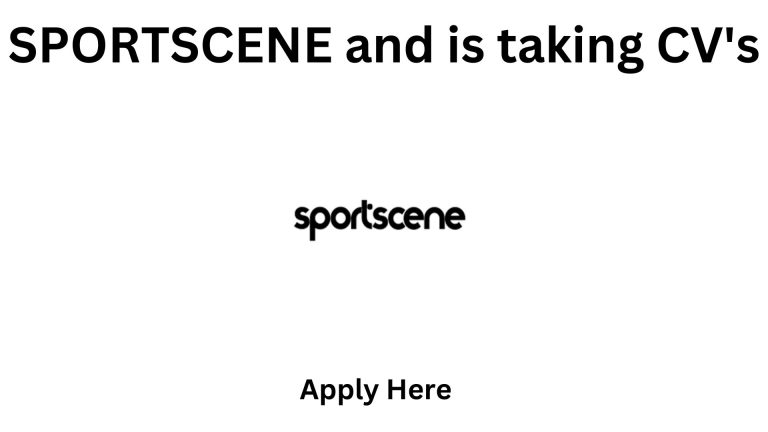Department of Basic Education (DBE) Teacher Assistants Job Opportunities 2025 Stipend: R 4,000 pm Eligibility Criteria: Grade...
Job Opportunities
Capitec Bank – Online Applications for Unemployed South Africans youth jobs Submit Your CV Capitec Service Assistant Job...
time type Full time posted on Posted 3 Days Ago time left to apply End Date: April...
SPAR: YES Internships 2025 SPAR invites South African unemployed graduates to apply for YES Internship Programme 2025....
CETA: Internships (Law, Finance, Accounting, Supply Chain, Logistics, Business Management) Company : CETALocation: Midrand, South AfricaClosing date: 18 February 2025 The...
Permanent positions open, Boxer offers an inclusive and supportive work environment where employees can develop their skills and...
Join TFG Group as a Contact Centre Agents 2024 SPORTSCENE and MARKHARM is taking CV’s for December...
Why Pick n Pay? At Pick n Pay, our strength lies in our people. We strive to be...
Are you a recent graduate eager to kick-start your career with one of South Africa’s leading retail...
District Municipality Internships (R4 965 stipend) Municipality invites unemployed South African graduates to apply for the Internship...










